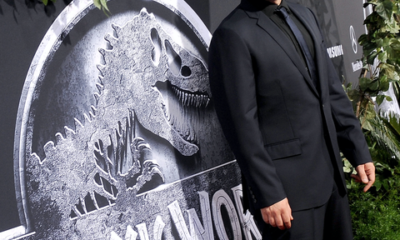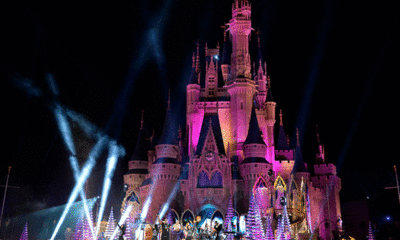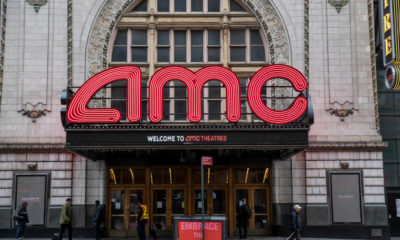The Indian economy appears to be back to the growth trend before the global financial crisis with particularly strong GDP growth over the first half of the 2010-11 fiscal, but inflation is worrying, the World Bank has said.
The Reserve Bank of India (RBI) is likely to continue its policy of cautious rate hikes in an uncertain environment, the World Bank said in the second of its semi-annual series of India Updates released Tuesday.
The signals are not clear whether core inflation is caused by more general demand pressures, which would best be addressed with more aggressive policy tightening, or by second round effects of earlier food and commodity price shocks, for which the current monetary policy stance is likely to be adequate, it said.
The December 2010 Update notes that India’s agricultural sector bounced back strongly after the 2010 monsoon brought normal levels of rainfall, and the industrial sector registered double-digit growth for three consecutive quarters.
Inflation came down to 7.5 percent in November but then accelerated again to 8.4 percent in December because of a renewed food supply shock, it said.
The current account deficit in the 2009-10 fiscal year was the largest ever in dollar terms and the monthly deficit widened further during the first half of the 2010-11 financial year, but the trend then reversed with import growth slowing and export growth accelerating in September-December 2010.
With the significant inflation differential between India and its trading partners, the rupee’s real effective exchange rate (REER) strengthened, the update said.
On the fiscal side, massive windfall revenue from wireless spectrum auctions and buoyant tax revenue are likely to be offset by two supplementary spending bills. Monetary policy tightening continued with increases in policy rates, it said.
Looking forward, the GDP growth looks set to regain the pre-crisis trend of around 8.5-9 percent in this financial year and the next (2011-12).
Assuming that the December resurgence in food inflation is temporary, overall wholesale price inflation is likely to decelerate to seven percent by end of March 2011 and further during the coming fiscal year, although uncertainty over international commodity prices persists, it said.
The widening trade deficit during the first half of the year could result in a current account deficit around 3.5 percent of GDP in the 2010-11 fiscal year, although the recent decline in the trade deficit augurs well for the coming year. Capital inflows are expected to cover this gap in the current year, the update said.
The RBI is likely to continue its policy of cautious rate hikes in a highly uncertain environment. While inflation has become more broad based, capacity utilisation, industrial production, import, and credit indicators do not point to overheating, the update said.
The signals are therefore not clear whether core inflation is caused by more general demand pressures, which would best be addressed with more aggressive policy tightening, or by second round effects of earlier food and commodity price shocks, for which the current monetary policy stance is likely to be adequate, the bank said.
 The Indian economy appears to be back to the growth trend before the global financial crisis with particularly strong GDP growth over the first half of the 2010-11 fiscal, but inflation is worrying, the World Bank has said. The Reserve Bank of India (RBI) is likely to continue its policy of cautious rate hikes in […]
The Indian economy appears to be back to the growth trend before the global financial crisis with particularly strong GDP growth over the first half of the 2010-11 fiscal, but inflation is worrying, the World Bank has said. The Reserve Bank of India (RBI) is likely to continue its policy of cautious rate hikes in […]


 Movies News4 years ago
Movies News4 years ago


 Celebrities8 years ago
Celebrities8 years ago


 Movies News8 years ago
Movies News8 years ago


 Celebrities7 years ago
Celebrities7 years ago










